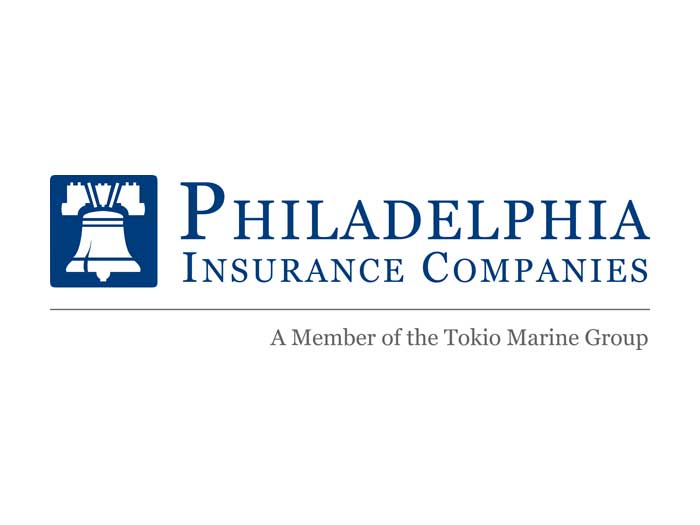Sponsored: Healthcare Solutions
Bundling Medical Services Offers Clear-Cut Advantages to Payers

After all, concerns about putting “all your eggs in one basket” exist for a reason. However, when it comes to medical management services, before deciding one way or the other, payers should take a close, hard look at the advantages of choosing a single source for required medical services.
In fact, many payers have been surprised by the advantages of choosing a bundled services approach, said Joe Boures, president and chief operating officer at Healthcare Solutions, the Duluth, Ga.-based health services provider of integrated solutions to the property and casualty markets, specializing in workers’ compensation and auto liability/PIP.
“The ‘eggs in one basket’ concern has been offset by the benefits of streamlined technology and implementation processes, improved patient care and the reduced administrative work inherent in managing multiple vendors,” Boures said. “Apart from those fundamental advantages, payers who have chosen to bundle services have also benefitted from improved buy rates, as well as the capability to improve patient outcomes with increased visibility into a claim.”
Open to a New Philosophy
Boures explained that by shifting to a bundled services philosophy many of the company’s customers have been able to categorically and consistently apply guidelines and best practices across all services. As a result, these payers approach medical management holistically, with services administered consistently, regardless of the type of service.
“Adopting this service delivery philosophy means you can consistently apply supply chain management techniques when managing medical providers — whether it’s a PPO provider or a specialty provider such as a physical therapist or durable medical equipment supplier,” Boures said. “It’s about creating a process infrastructure focused on the injured worker, rather than disparately managing isolated services. It reduces anything falling through the cracks, which can result from a less cohesive, coordinated process.”
In fact, when opting for an unbundled strategy, one obvious outcome is losing control over how programs are managed, with likely inefficiencies soon to follow (that is, if you can even spot them).
Underlying Technology/Implementation Process
Efficient medical management begins with a single eligibility file, said David George, chief executive officer at Healthcare Solutions. According to George, it is essential to choose a partner with the right technology infrastructure, enabling a single eligibility file and file exchange process to be deployed across all programs. Rather than “building bridges” with multiple vendors, he said, a one-time implementation can streamline processes and result in consistency in data exchanges, saving valuable time and effort.
“Tight customer integration creates systems that talk to each other on the front-end, while the back-end system is used to manage suppliers on the customer’s behalf,” George says. “With fewer partners, payers can invest more time truly integrating systems that really communicate, further improving administrative efficiencies.”
“It’s about creating a process infrastructure focused on the injured worker, rather than disparately managing isolated services.”
— Joe Boures, President and Chief Operating Officer, Healthcare Solutions
Reduced Administrative Burden and Improved Patient Care
Of course, while the right technology is essential, there’s also the human element in managing every claim. Coordination of medical services by a single partner provides an additional layer of clinical oversight that is not possible when services are independently coordinated by multiple partners. In addition, when partners are consolidated into a single source, adjusters don’t have to think about whom are “they going to call.” The result is improved network penetration and less leakage that often occurs when referrals are sent to un-contracted providers. Also, this reduces inconsistent protocols applied to the claim, such as generic substitution in durable medical equipment, for example, or use of utilization review triggers.
“Service bundling has afforded many of our customers an integrated view of how medical dollars are being spent, and uncovered opportunities to further improve medical management, ultimately affecting patient care, loss ratios and reserves,” George said.
As a critical part of reducing administrative burdens, integrated reporting supplied by a single partner enables payers to give brokers and payer clients a more granular look into how dollars are being managed. More sophisticated, consistent reporting has helped payers demonstrate exactly how they are being good stewards of employers’ money. Other advantages include:
- Aggregated reporting — Ensures consistent application across products.
- A single contract — Used with service level agreements to hold partner accountable for quality and service delivery.
- Consolidated partnership meetings — Results in a “clearer, bigger picture,” which in turn helps the partner provide better insights/recommendations.
George said a good example of how a single source provider can be an advantage is when it uses pharmacy reporting to identify claimants that may trigger in-home analyses or home health services. Why? Because pharmacy typically is an early indicator of what’s to come with a claim.
“With fewer partners, payers can invest more time truly integrating systems that really communicate, further improving administrative efficiencies.”
— David A. George, Chief Executive Officer, Healthcare Solutions
“The idea is to use the data on a preventive basis to mitigate further complexities in the claim,” George said. “In so many cases, identifying an early trend, such as opioid or anti-depressant use, has resulted in developing successful treatment strategies that incorporate case management or home health services, which can reduce further losses, aid in return-to-work, etc.”
Bundled vs. Unbundled: The Decision
George concluded that even with all the obvious advantages of choosing a bundled solution, there will never be a “one size fits all” approach to a medical services management strategy. Each company must decide what model is best for their situation. As an interim step, George recommended a path that can give payers the chance to move into a single source provider gradually.
“Even if all services are not bundled, it often makes sense to combine two or more together to get a sense of how it will work for your organization,” George said. “It’s a great way to test the water.”
For more information about bundling medical services, contact Rich Leonardo, chief sales officer, at 678-347-2393 or [email protected].
This article was produced by the R&I Brand Studio, a unit of the advertising department of Risk & Insurance, in collaboration with Healthcare Solutions. The editorial staff of Risk & Insurance had no role in its preparation.










